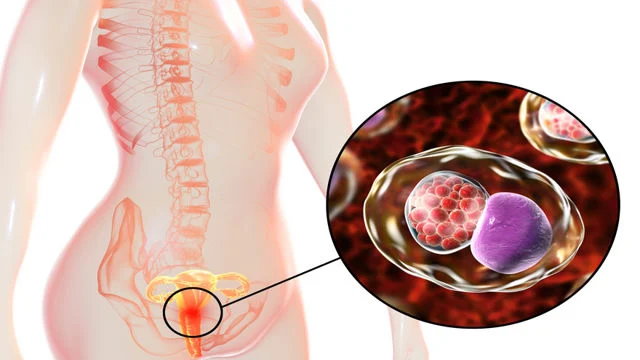INTRODUCTION: Diseases can be transmitted in many ways and among them we have sexual activities, blood transfusion, intravenous drug use and pregnancy related means as seen in the picture above. Sex intercourse is one of the vertical routes from which many blood borne infections can be transmitted. Sexually transmitted diseases (STDs) are those in which the pathogen is acquired during sexual activity. Most are caused by bacteria or viruses. In our discussion here, we are looking at some of the most common infections transmitted and the microorganisms responsible for such infections.
GONORRHEA: This is caused by the bacterium Neisseria gonorrhoeae. Infected men have urethritis with painful and frequent urination and pus in the urine. Women are often asymptomatic, and the bacteria may spread from the cervix to other reproductive organs (pelvic inflammatory disease [PID]). The use of antibiotics in the eyes of all newborns has virtually eliminated neonatal conjunctivitis acquired from an infected mother. Gonorrhea can be treated with antibiotics, but resistant strains of the bacteria complicate treatment. Despite this, the number of reported cases of gonorrhea has been decreasing in recent years. Pelvicinflammatory disease: Neisseria: Antimicrobial drug resistance
SYPHILIS: This is caused by the bacterium Treponema pallidum. Although syphilis can be cured with penicillin, it is a disease that may be ignored by the person who has it because the symptoms may seem minor and often do not last long. If untreated, however, syphilis may cause severe or even fatal damage to the nervous system and heart. In the last few years the number of reported cases of syphilis has been decreasing. Syphilis
GENITAL HERPES: This is caused by the virus herpes simplex (usually type 2). Painful lesions in the genital area are the primary symptom. Although the lesions heal within 5 to 9 days, recurrences are possible, perhaps triggered by physiological stresses such as illness. Although herpes is not curable at present, medications have proved useful in suppressing recurrences. It is estimated that 2 million new cases of genital herpes occur every year. Virology
Neonatal herpes is infection of a newborn during passage through the birth canal. The infant’s immune system is too immature to control the herpes virus, and this infection may be fatal or cause brain damage. A pregnant woman with a history of genital herpes may choose to have the baby delivered by cesarean section to avoid this possible outcome.
CHLAMYDIAL INFECTION: This is caused by the very simple bacterium Chlamydia trachomatis. This is one of the most prevalent STDs in developed countries. Infected men may have urethritis or epididymitis. Women often have no symptoms at first but may develop PID, which increases the risk of ectopicpregnancy. Infants born to infected women may develop conjunctivitis or pneumonia. Chlamydial infection can be treated successfully with antibiotics such as erythromycin or azithromycin.
RELATED;
1. AZITHROMYCIN
















No comments:
Post a Comment